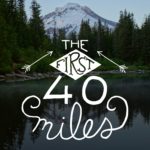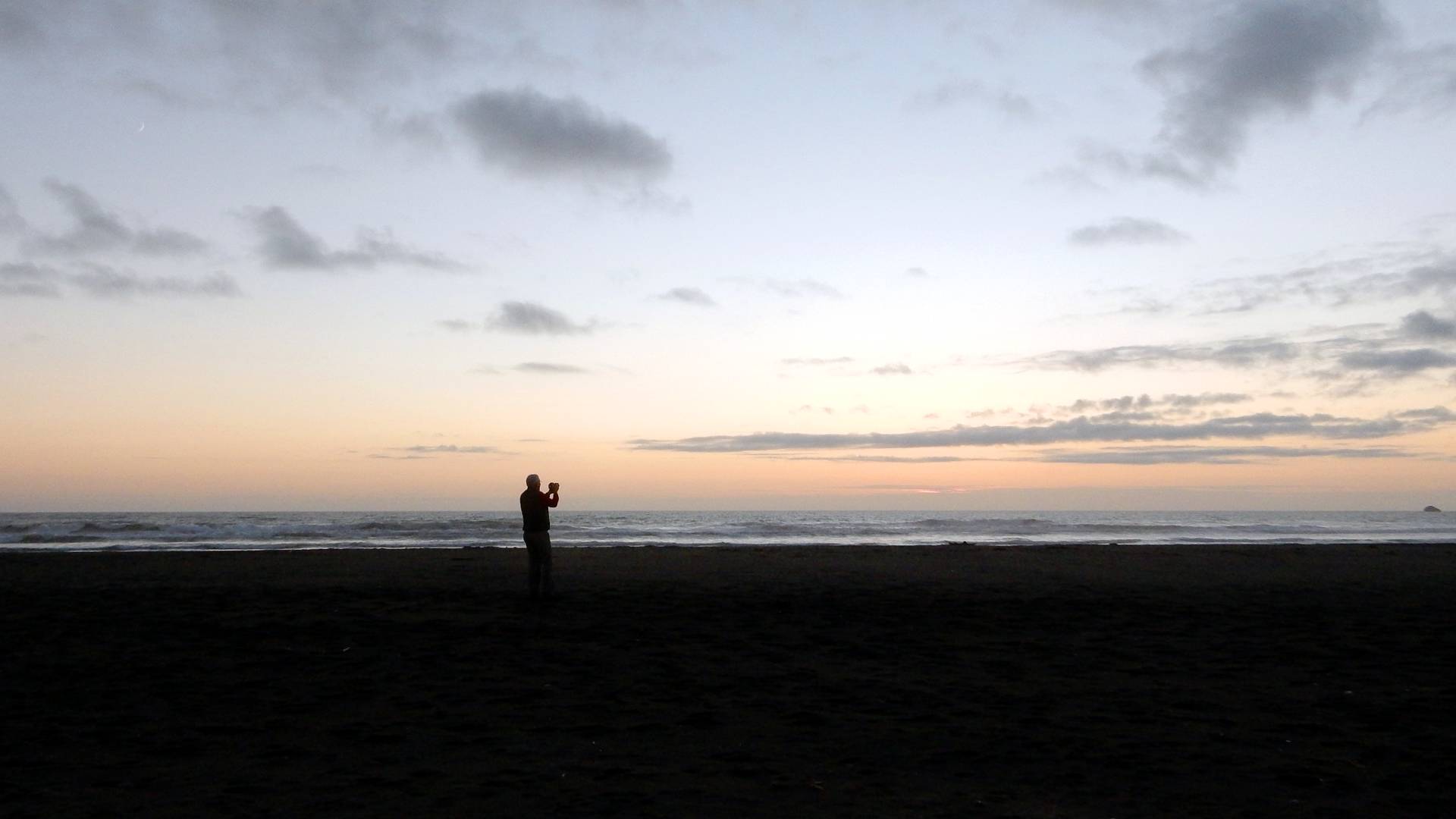Podcast: Download (Duration: 37:52 — 37.5MB)
Show Notes: Episode 077
Today on The First 40 Miles, CLICK: The Photography Gear Episode. We can’t provide you with stunning scenery, but we can help you incorporate photography in your backpacking adventures. Then, find out what camera Josh is taking with him on the trail. For the Backpack Hack of the Week, you’ll learn how to add a little stability to your next shot. And we’ll wrap up the show with some words from Ansel Adams.
Opening
- Cameras we have known…
- Our motivation to buy a new camera (graininess, edges out of focus, bad battery)
- Features: Great image quality (not just about megapixels—it’s about sensor size), manual controls
- Weight/size: Small, “pocketable”, flat front
- Price: Had to be flexible on price, picked base model, and shopped for best price
Top 5 Supporting Gear Needs of Every Photographer
Stability
- ZipShot Mini Tripod (we’ll be reviewing on our Click 2.0 The Photography Technique Episode next month)
- Micro Flex Tripod ($2 on Amazon)
Storage
- Ziploc bags work
- For serious photographers, Mindshift creates full feature backpacks
- Rotation180 Professional 36L
- Has a rotating belt pack, so you don’t have to take off your pack to access your camera and lenses. It’s just barely large enough to handle a summer backpacking trip of 2-3 days.
- Peak Designs makes a holster for DSLRs. So you can wear it on your shoulder strap, and it’s secure, convenient and ready to use.
Charging
- Solar vs. bringing a charging pack
- Rule of thumb: if you can’t see your shadow, nothing is charging on your solar charger
- We’ve been using the EnerPlex Solar IV Charger along with the EnerPlex Jumpr Stack 6 battery pack. We got 0.25 amps (barely sunny) to 0.6 amps (direct sun); it’s rated for up to 1.2 amps
- http://www.goenerplex.com/products/portable-batteries/jumpr-stack-6
- Another option: Goal Zero Venture 30 Solar Recharging Kit
Photo Editing
- Software or websites
- GIMP
- Photoshop
Photo Storage/SD card
- Setting we have it on: 266 pictures on a 4G card @ 20 megapixel at fine jpeg quality
- 136 shots with raw instead of jpeg
- 458 shots with standard jpeg
- 729 shots 10 megapixels
- Varies based on quality of photo
- 22 minutes of video at medium-high quality
SUMMIT Gear Review: Sony RX100
Sony calls it “The Professional’s Compact Camera”
Structure
- Ultra-slim, aluminum body
- 3″ LCD screen with 1.2M dots
- 3-Inch Xtra Fine LCD display with bright whites & true blacks
- Rear control dial and customizable front control ring
Utility
- 9 MP 1″-type Exmor CMOS sensor
- 28-100mm equivalent F/1.8-4.9 lens
- Up to 10 FPS
- ISO 125-6400 expandable ISO 80, 100, and 25,600
- 1080p video
- Steady-Shot image stabilization
- Memory Recall feature can store up to three groups of custom settings
- 2 MP Exmor”CMOS sensor – extreme low-light shots
- Bright F1.8 Carl Zeiss Vario-Sonnar T lens with 3.6x zoom
- Full HD 1080/60p video with manual control and dual record, 101.6 mm x 58.1 mm x 35.9 mm, 213g (7.5 oz.)
Mass
- Weighs 8.4 ounces (239 grams)
- 4 inches wide 2 1/4 inch x 1 1/2 inch (102 x 58 x 36mm)
Maintenance
- Battery life: 200+ photos per charge
Investment
- RX100 $500
- RX100 II $650
- RX100 III $800
- RX100 IV $950
Trial
- Rogue River trip: quick shots of family on the trail, night shots, water shots, shots in challenging lighting.
- Gotcha: It remembers the “timer setting” after turning off and back on. Got Josh a few times.
Backpack Hack of the Week™: String Pod
- A string pod is a string that you loop over your camera, and then step on the other end of the string or rope, to reduce the shakiness that comes from just holding your camera.
- This is helpful (but not perfect) in low light shots
- The String Pod is a quick fix. Like a tripod, but with less stability, but more stability than just holding your camera or phone.
- You’ll want to start with some twine or rope that doesn’t have much give. (Something other than paracord—too stretchy!)
- To make the string pod: Tie a fixed loop that you can slide your camera or phone into the hole
- Or to make it adjustable: Make a bight or loop toward one end of the rope by crossing the rope over itself, then pull a bend in the rope through the loop the rope and pull. You’ll then have a noose type hole in your rope that you can make bigger or smaller.
Trail Wisdom
“To the complaint, ‘There are no people in these photographs,’ I respond, There are always two people: the photographer and the viewer.”
-Ansel Adams

